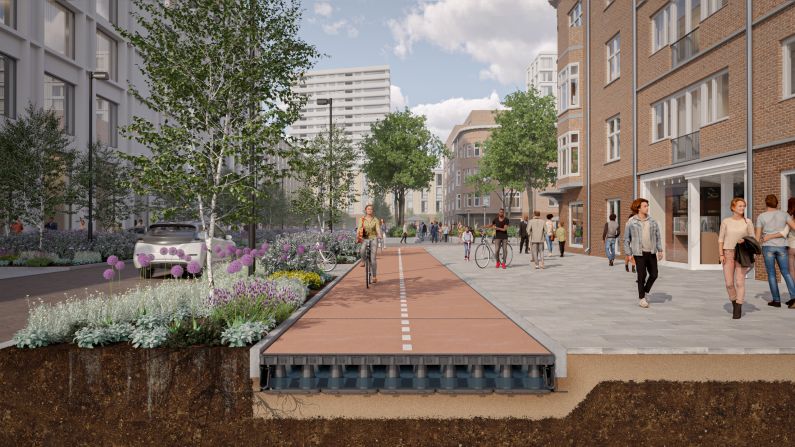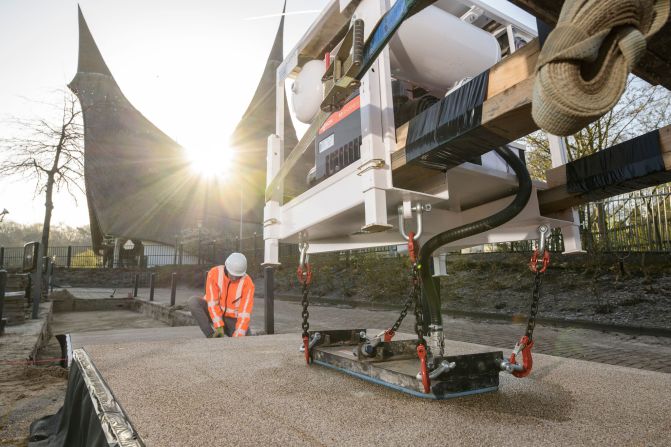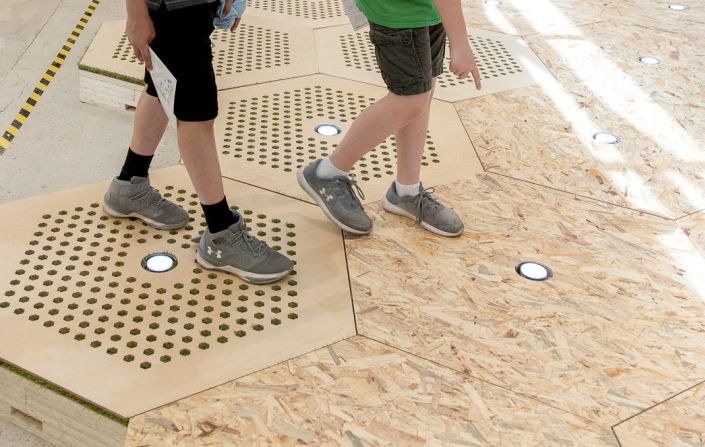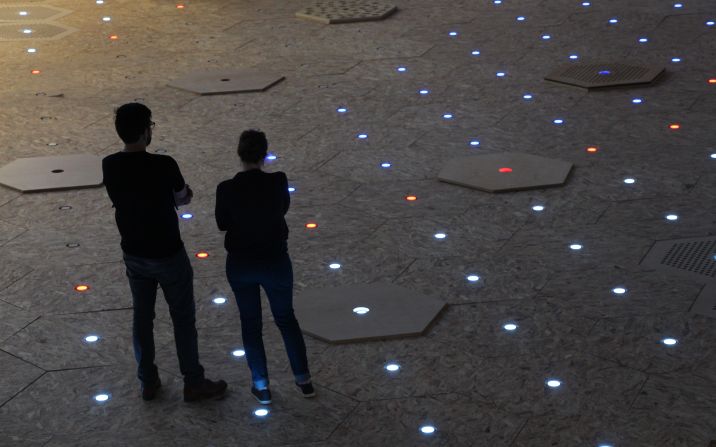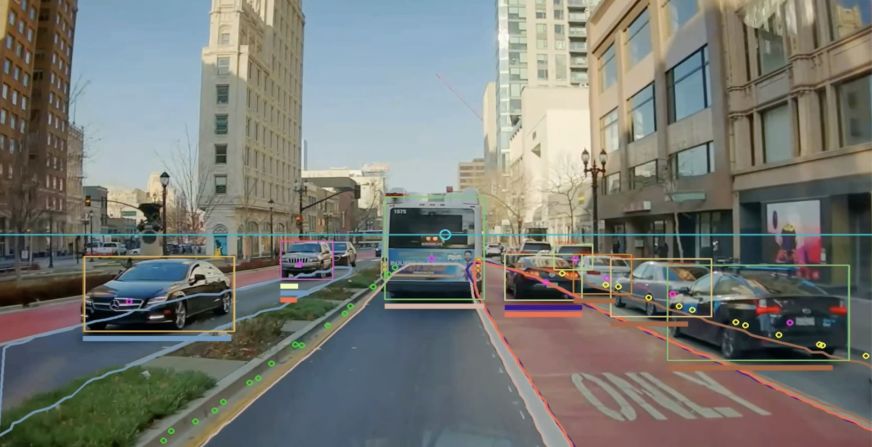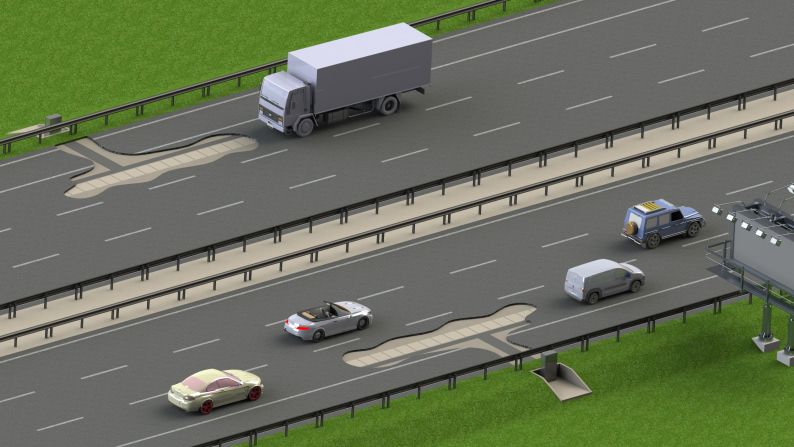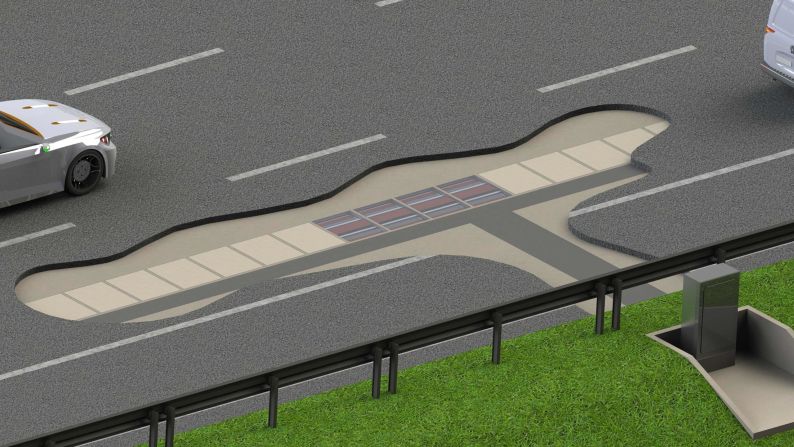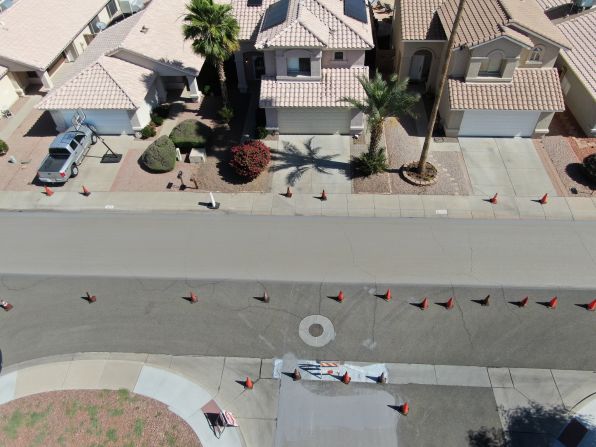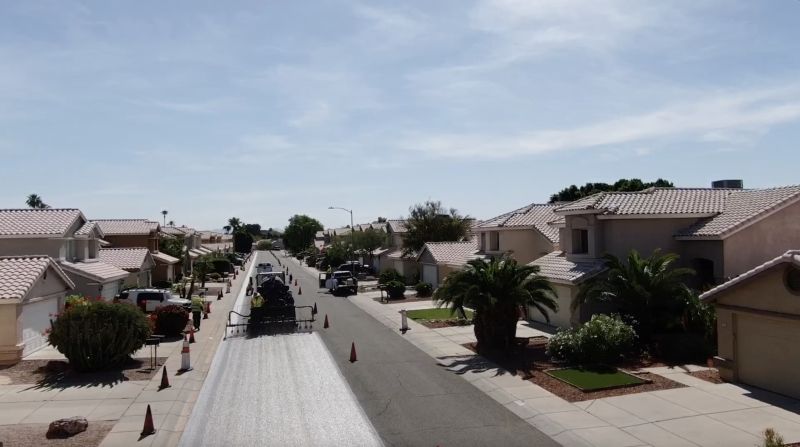Just 150 years ago, cars were a distant concept. We’ve since traded in horse-drawn carriages for engine-powered automobiles, and the industry hasn’t slowed down – from airbags and Bluetooth to electric, driverless vehicles straight out of science-fiction movies.
By 2050, the number of cars on the road is expected to total three billion. And with most of the world’s population expected to live in urban cities by then, there will be a growing demand for smart streets. Our roads will have to innovate, much like the cars themselves.
As we look to the future, CNN explores four possible ways smart street technology will evolve.
Artificial intelligence (AI) infrastructure
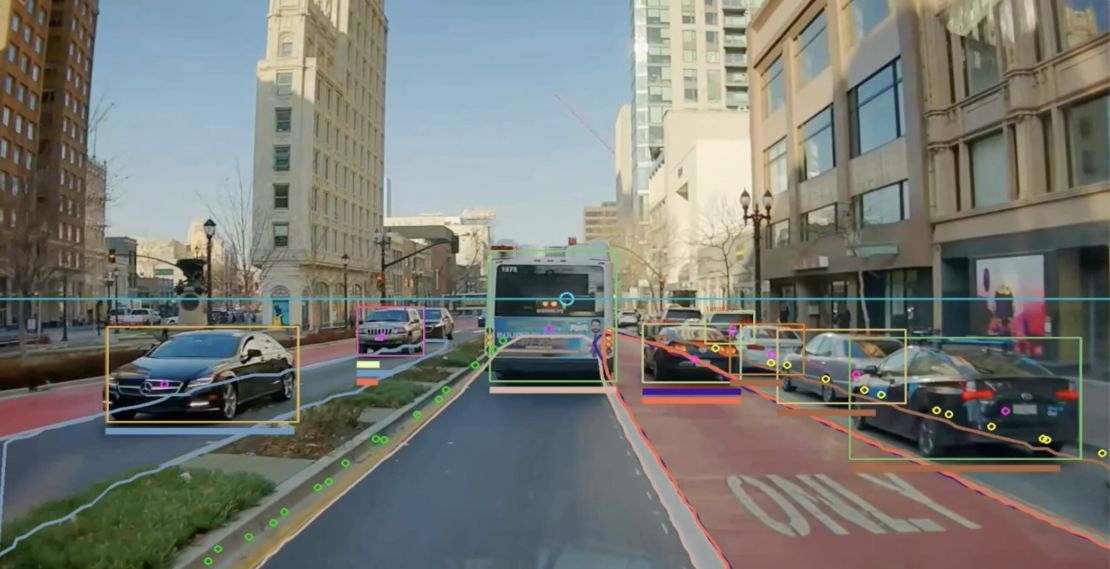
From voice assistants to social media algorithms, AI has become an integral part of our daily lives. And when it comes to cities, it is already playing a crucial role with real-time technology that can help inform new urban safety measures and efficiencies – and much of that data is coming from our roads.
“We see huge opportunities for AI to improve service delivery and quality of life for people who live, work, and play in cities,” says Chris Carson, founder and CEO of US-based Hayden AI. The company’s AI-powered perception software captures and analyzes metadata from city streets. In 2022, the software was used in collaboration with New York City Transit to detect illegal parking in bus lanes.
Carson adds that AI-powered sensors in cities capture everything from vehicle speed and traffic volume to the make and model of cars on the road. Sensors can analyze and optimize traffic flow, reduce congestion, and minimize accidents, all in real-time. “This technology will ultimately revolutionize how city planners and technology leaders build the smart cities of tomorrow,” Carson says.
Carlo Ratti, professor of urban planning and director of MIT’s Senseable City Lab, warns that AI’s inherent biases and lack of transparency could work against the interests of citizens. Still, he acknowledges that the unprecedented flow of data will help inform governments on how to improve urban living.
Electric charging roads
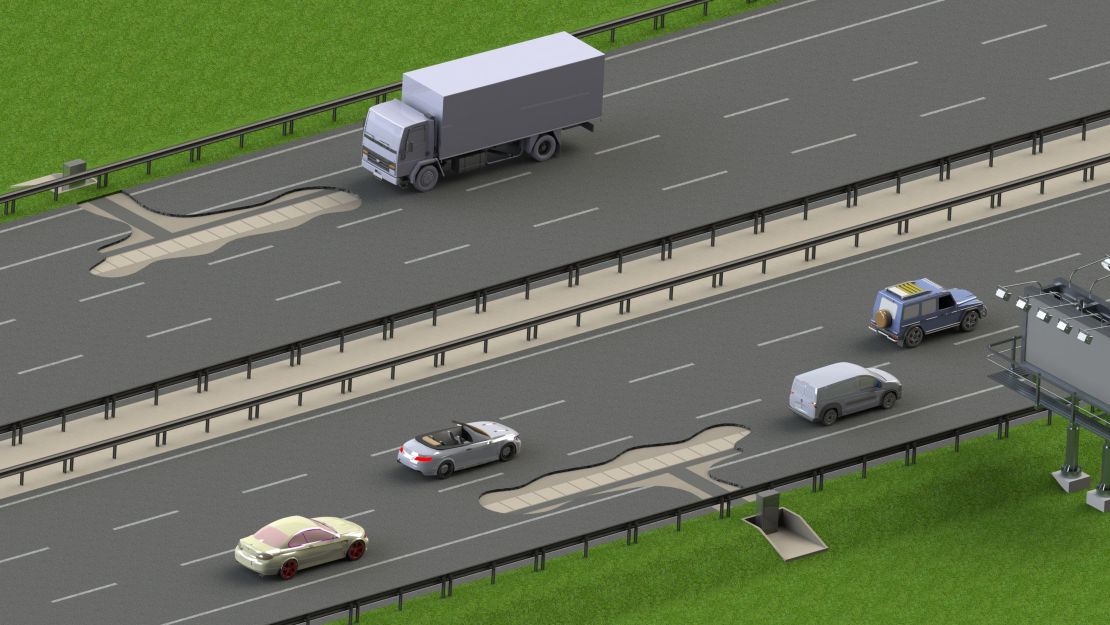
By 2050, roughly half of cars on the road will be electric. The transition from gas to electric vehicles will mean an increased demand for charging infrastructure.
German tech startup Magment is one of the companies at the forefront of wireless transfer charging, developing power transfer pads made from recycled materials to integrate into the road’s surface. These electrified street lanes will theoretically allow electric vehicles to charge as they drive. Implementing this technology may help allay concerns about long-distance trips that deter drivers from switching to electric vehicles. Miroslav Tesic, head of Magment’s project management, says “autonomous driving needs autonomous charging too.”
“Charging roads are an important component of the transition towards e-mobility and the de-carbonization of the transport system,” says MIT’s Ratti.
In addition to charging as they drive, the surface pressure of cars could also serve as a source of renewable energy. Marco Krieziu, commercial director of Italian company 20energy, says its product, LYBRA, “recovers kinetic energy and heat from the passage of vehicles over its surface and converts it into electricity that can be self-consumed on-site or fed back into the grid.”
Ratti cautions that the long-term success of these technologies is unknown, and that their convenience would come at a huge financial cost. Even so, he is excited to see which charging road innovations will stand the test of time.
Pavement “sunscreen”
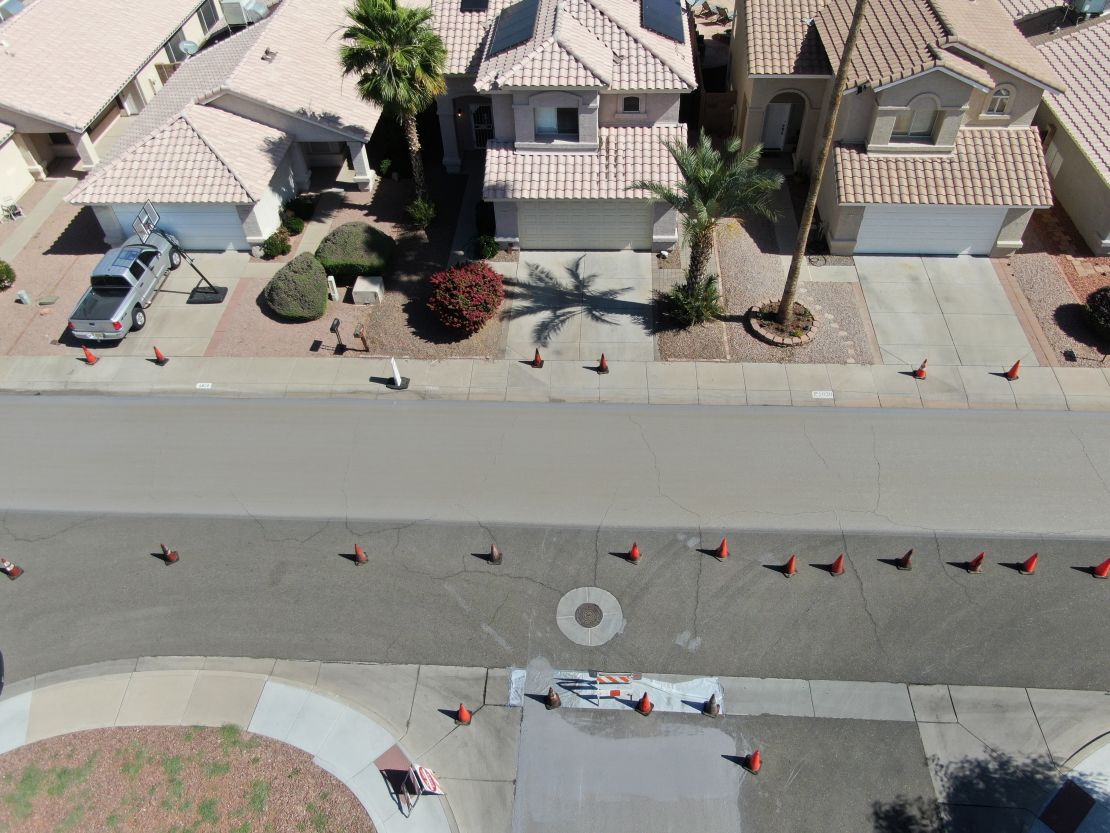
Smart street technology of the future will also have to battle the effects of climate change, to which urban areas are especially vulnerable. Heat gets trapped between buildings and is exacerbated by pollution, creating what is called the urban heat island effect.
In Phoenix, Arizona, the local government is developing technology to combat this. The Cool Pavement Pilot Program is one way of fighting rising temperatures in one of the United States’ hottest urban environments.
The process involves spraying a water-based asphalt treatment on top of existing pavement. “It works by acting as a protective ‘sunscreen’ for the road while its reflective properties reflect rather than retains heat,” explains Heather Murphy, a representative of the Phoenix Street Transportation Department.
The city claims that the project has seen a 10.5-to-12-degree Fahrenheit decrease in pavement surface temperature since its implementation. Ratti, though, is skeptical. He argues that while it is agreed that light-colored pavements reflect heat, some research suggests the air can actually become hotter as a result. And, he says, in sunny cities like Phoenix, reflected light could potentially be too bright for drivers and contribute to traffic accidents.
The city of Phoenix hopes that with time, more advanced materials and engineering will expand the benefits of cool pavement to higher-volume roads.
Jigsaw puzzle roads
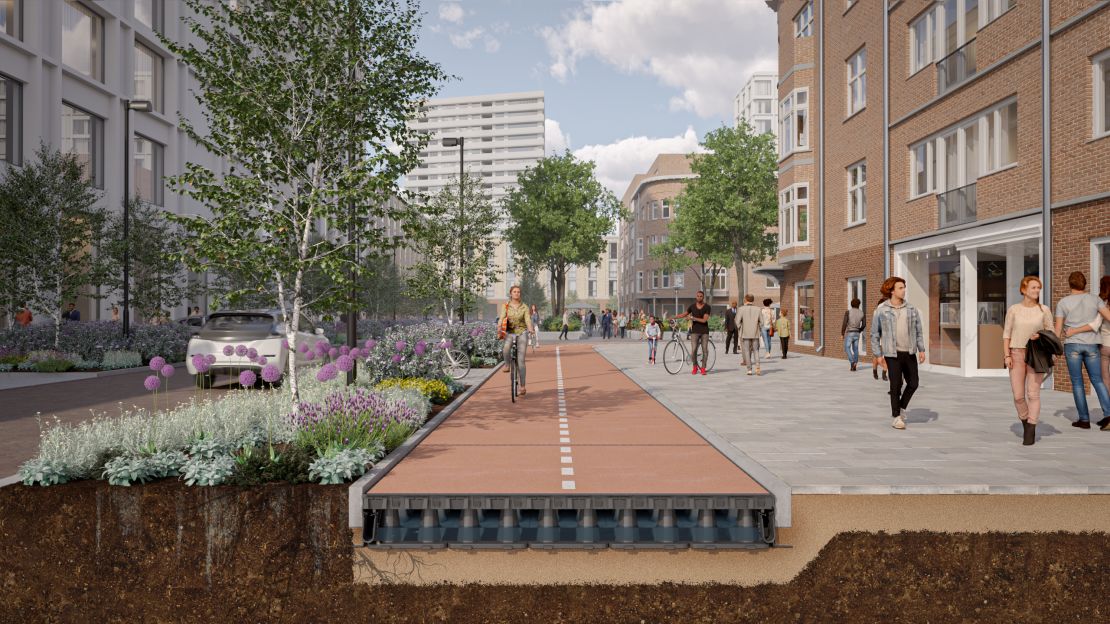
Modular or “jigsaw” roads are designed to be quickly disassembled and reassembled like puzzle pieces. The mobile nature of jigsaw roads will allow cities to adapt quickly to traffic patterns, construction needs, or emergencies. Thanks to PlasticRoad, they are already being used as bike and foot paths in Belgium and the Netherlands.
Whereas traditional pavement guides rainwater to a sewer, PlasticRoad’s recycled plastic blocks have hollow channels inside to capture, filter, and store water or transmit it directly into the soil. These channels can also hold pipes, telephone cables, and electric wiring.
“PlasticRoad believes that the only sustainable way forward in the infrastructure is by maximizing reuse of materials,” says Jeroen Oudshoorn, the company’s managing director. Not only is recycled plastic more sustainable than regular pavement, it may also be more durable. In India, an early version of plastic roads showed no signs of wear 10 years after first being built, according to a 2012 study.
Carlo Ratti Associati, Ratti’s global design firm, also co-developed a modular street prototype, in which hexagonal blocks could be moved or replaced within minutes to change a road’s function. The multipurpose pavement could, for example, serve as a road during peak morning commutes and as a basketball court in the evenings.
Densely populated cities of the future will likely require flexible infrastructure like jigsaw roads. With smart street technology like this still in the early stages of development, Ratti says the key to avoiding pitfalls is to keep citizens engaged: “They should be the ones to decide what kind of city they want to live in tomorrow.”
